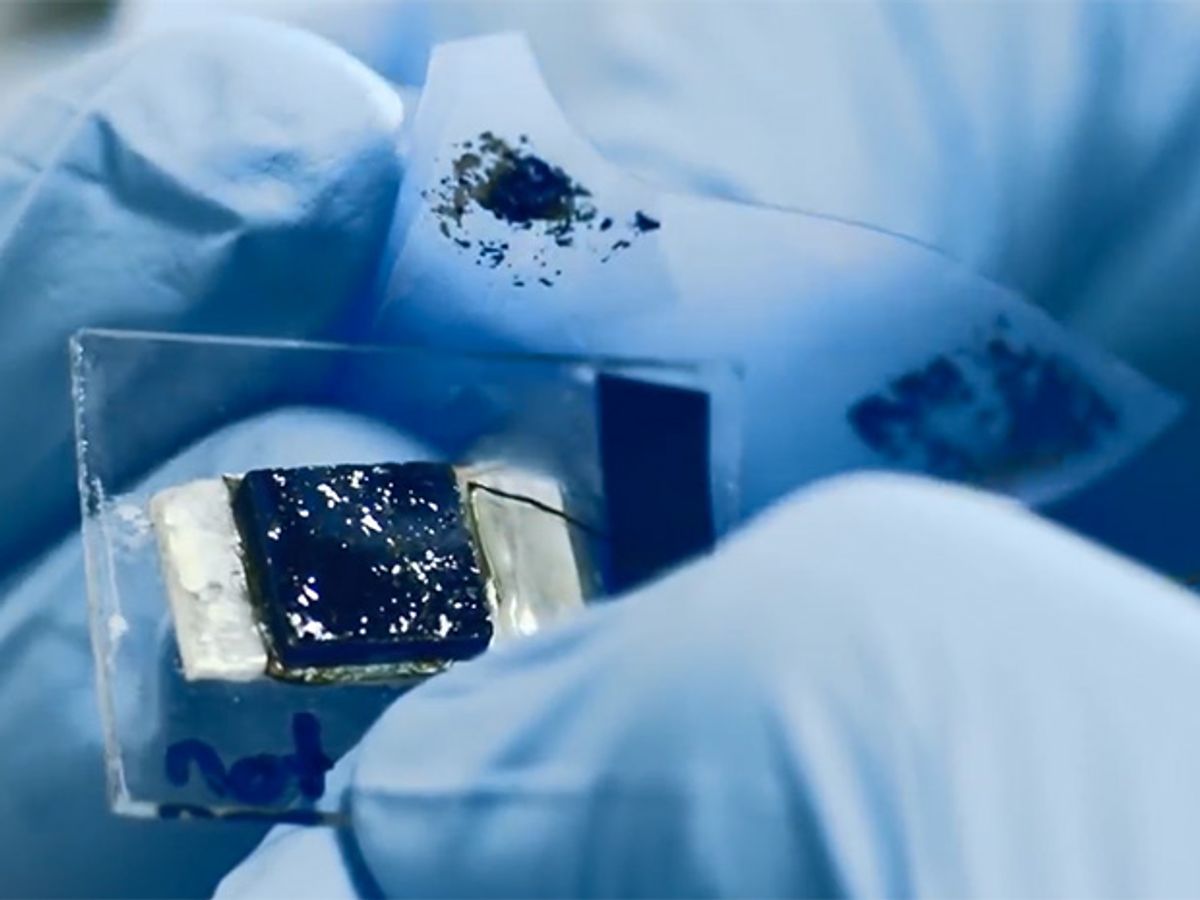Ever since Andre Geim and Konstantin Novoselov won the 2010 Nobel Prize in Physics for their production and study of graphene, Geim has dedicated a significant amount of his research efforts to the use of graphene as a filtering medium in various separation technologies such as water desalination and gas separation.
This focus makes sense because graphene possesses qualities such as large surface area, variability of pore size and adhesion properties—traits that have marked it for greatness as a filter medium for years now.
Now Geim and his colleagues at the University of Manchester have found that graphene filters are effective at cleaning up the nuclear waste produced at nuclear power plants. This application could make one of the most costly and complicated aspects of nuclear power generation ten times less energy intensive and therefore much more cost effective.
In research published in the journal Science, the Manchester researchers used the graphene as a sieve to sort protium, the lightest stable isotope of hydrogen, from deuterium, which, unlike protium, contains a neutron in its nucleus. Deuterium appears in larger amounts in so-called heavy water, which is an essential component of some types of nuclear reactors. Though it’s not radioactive like tritium, the heaviest hydrogen isotope, in high enough concentrations, it can cause cell dysfunction and death. Deuterium is also widely used in analytical and chemical tracing technologies.
The Manchester researchers experimented to see if the nuclei of deuterium, deuterons, could pass through the two-dimensional (2-D) materials graphene and boron nitride. The existing theories seemed to suggest that the deuterons would pass through easily. But to the surprise of the researchers, not only did the 2-D membranes sieve out the deuterons, but the separation was also accomplished with a high degree of efficiency.
“This is really the first membrane shown to distinguish between subatomic particles, all at room temperature,” said Marcelo Lozada-Hidalgo, a post-doctoral researcher at the University of Manchester and first author of the paper, in a press release. “Now that we showed that it is a fully scalable technology, we hope it will quickly find its way to real applications.”
Irina Grigorieva, another member of the research team, added: “It is a really simple set up. We hope to see applications of these filters not only in analytical and chemical tracing technologies but also in helping to clean nuclear waste from radioactive tritium.”
Dexter Johnson is a contributing editor at IEEE Spectrum, with a focus on nanotechnology.



